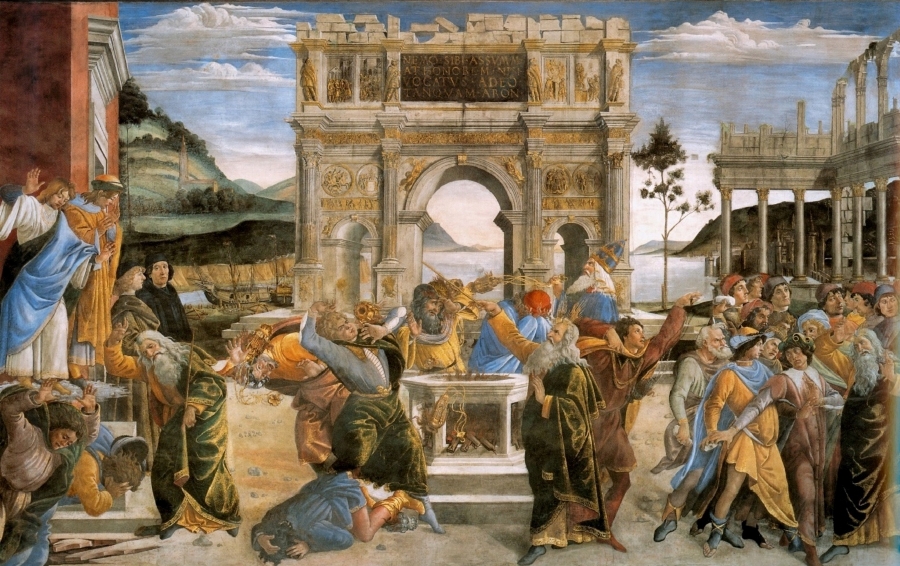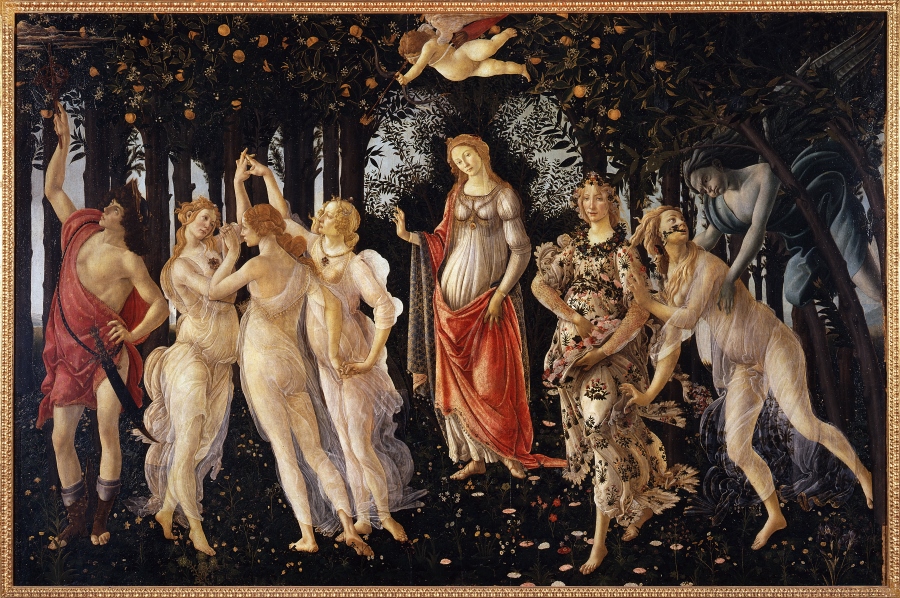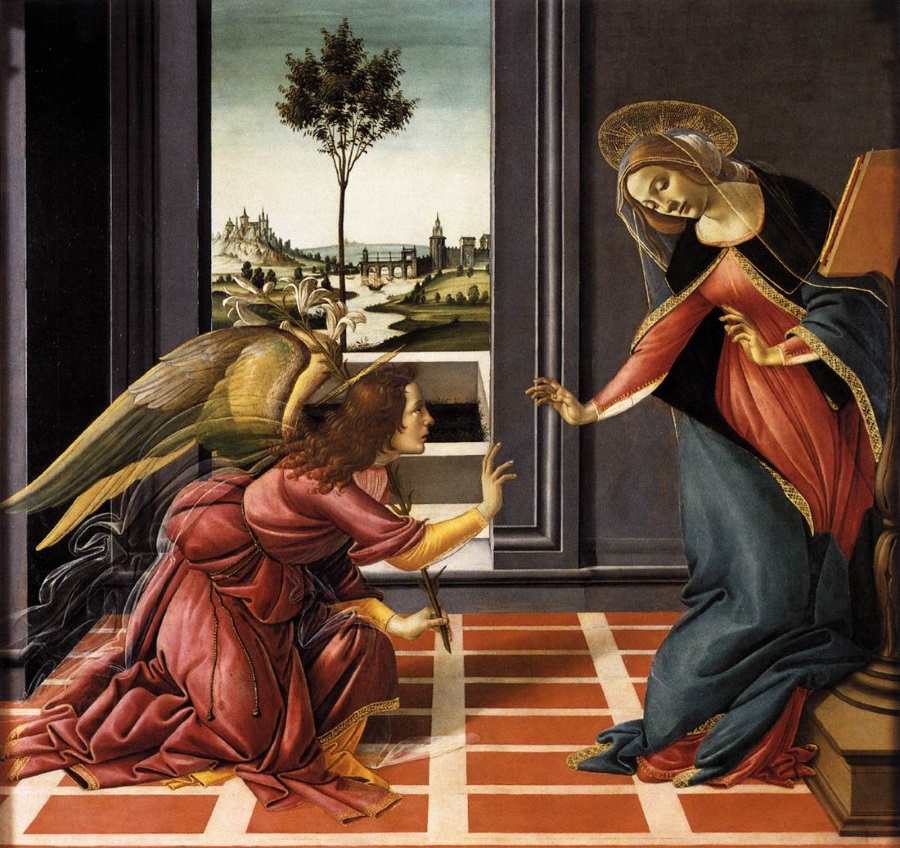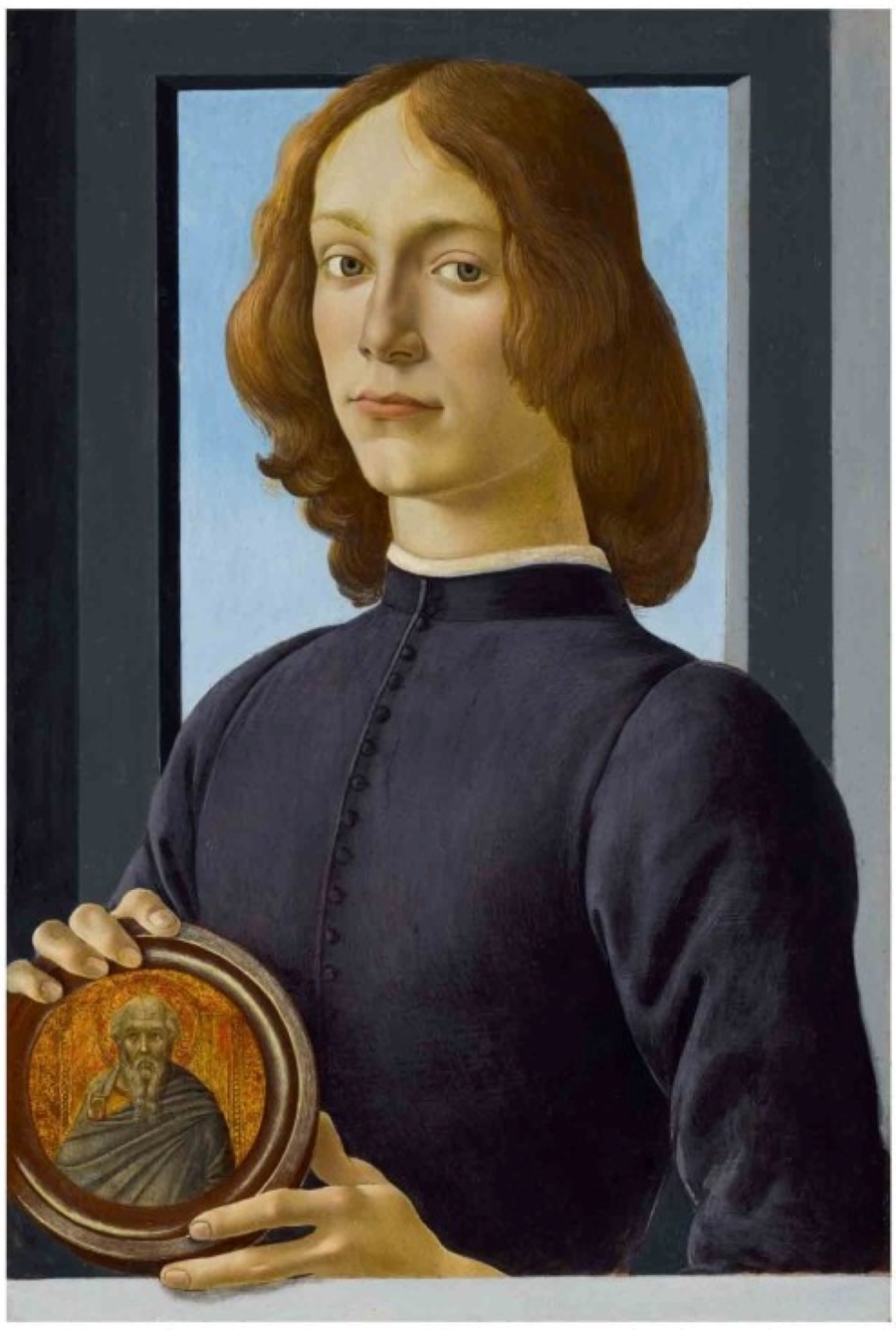
What Sandro Botticelli was known for: How the Florentine painter changed art history
Sandro Botticelli is one of the most famous artists of the Italian Renaissance, his deep spirituality and poetic charm of images fascinating artists and art lovers from his contemporaries up to the 21st century. Here we delve into Sandro Botticelli’s life and what he was known for.
 Punishment of the Rebels, Sandro Botticelli, 1481-1482
Punishment of the Rebels, Sandro Botticelli, 1481-1482Sandro Botticelli’s life and education
Italian artist Sandro Botticelli’s (1445-1510) real name was Alessandro du Mariano di Vanni Filipepi. He was born in Florence in a wealthy family of the tanner Mariano Filipepi and his wife Smeralda. The nickname “Botticelli” means “little barrel”, which the artist got from one of his brothers who was considered to be fat. As a child, Sandro was a very curious and observant boy and at the age of 13 years, he started learning how to make jewellery in his brother’s studio and found his true passion in art.
Sandro Botticelli’s first teacher was Fra Filippo Lippi, an Early Renaissance artist to whom he was apprenticed from around 1461 or 1462. Not much is known about his years in Lippi’s workshop, although according to the “Lives of the Most Excellent Painters, Sculptors, and Architects” by Giorgio Vasari, the young artist wanted to be a follower of Lippi who liked Botticelli and taught him everything he knew. But at the age of 22, Sandro Botticelli left Lippi’s workshop after he felt he had mastered drawing. Later he developed his style at Andrea del Verrocchio’s workshop where he learned to create atmosphere by light-air modelling.
 Temptations of Chris, Sandro Botticelli, 1481-1482
Temptations of Chris, Sandro Botticelli, 1481-14825 Sandro Botticelli’s Most Famous Paintings
In the early 1470s, Botticelli was presented to the court of Medici. This family was the ruler of Florence from the 15th to 18th centuries. They are mostly known as the patrons of the most outstanding artists and architects of the Renaissance. For some years, Sandro Botticelli completed multiple orders for the house of Medici. Most of them were for the decoration of the villa in Castillo, including Botticelli’s most famous paintings “The Birth of Venus” and “Primavera”.
1. The Birth of Venus
 Birth of Venus, Sandro Botticelli, 1484
Birth of Venus, Sandro Botticelli, 1484‘The Birth of Venus’ (1484 - 1485) is one of the most iconic paintings in the world. Here, Sandro Botticelli depicted the early morning when the night haze had already dissipated. The young goddess just born from the sea foam is standing on a huge seashell driven by the blow of the Zephyrus whose breath brings spring. Researchers believe that the model for Venus could be an Italian noblewoman from Genoa, called Simonetta Vespucci. She was known as “la bella Simonetta” being one of the most beautiful women of her age in Italy. She often was a model for Botticelli’s paintings and was rumoured to be the beloved of Giuliano Medici, younger brother of Lorenzo Medici.
2. Primavera
 Primavera, Sandro Botticelli, 1478
Primavera, Sandro Botticelli, 1478‘Primavera’ (1478 - 1482) is also a worldwide known painting by Sandro Botticelli. Botticelli was extremely accurate in depicting various species of plants in this painting. He studied the plants, which grow in Florence from March to May. Scientists found around 50 species of accurately depicted plants and flowers in this painting. Flora’s wreath featured cornflowers, daisies, forget-me-nots, strawberry berries and flowers, poppies, buttercups, violets and other flowers.
3. The Adoration of the Magi
 The Adoration of Magi, Sandro Botticelli, 1473
The Adoration of Magi, Sandro Botticelli, 1473Botticelli’s first encounter with the Medici family happened while creating ‘The Adoration of the Magi’ (1475). This fresco was made by the order of banker Gaspare di Zanobi del Lama for a cappella in the Santa Maria Novella. Lama was a powerful Florentine patron of arts who also was a friend of the Medici family. It was Lama who introduced Sandro Botticelli to the court of Medici. He wanted the painter to add a hidden portrait of the Medici family to the composition of the fresco to make a generous gesture for the powerful family. Botticelli depicted three of the Medici as magi: the magi near the Virgin Mary is Cosimo de' Medici, and near him are two of his sons, Giovanni di Cosimo de’ Medici and Pietro di Cosimo de’ Medici. There also are portraits of his grandsons Lorenzo de' Medici and Giuliano de' Medici on the right.
4. The Annunciation
 The Annunciation, Sandro Botticelli, 1489
The Annunciation, Sandro Botticelli, 1489‘The Annunciation’ (1489) was made for one of Sandro Botticelli’s patrons Benedetto di Ser Giovanni Guardi for the Florentine monastery of Cestello which now is known as Santa Maria Maddalena de Pazzi. In this painting, Botticelli depicted the Annunciation in which archangel Gabriel visits Virgin Mary to announce to her that she was chosen by God to give birth to Christ.
5. Madonna of the Magnificat
 Madonna of the Magnifica, Sandro Botticelli, 1483
Madonna of the Magnifica, Sandro Botticelli, 1483While Madonna is usually depicted reading, Sandro Botticelli in his ‘Madonna of the Magnificat’ (1481) decided to depict her writing. Traditionally, Magnificat is considered Madonna’s speech, not as a written document. Botticelli uses a “rhetoric of impossibility”: according to which women’s literacy and ability to write were a miracle at those times. That is why the artist depicted Madonna writing, turning her into a “miracle” — a woman like no other.
What was Sandro Botticelli's most expensive painting?
 Young Man Holding a Roundel, Sandro Botticelli, 1480-1485
Young Man Holding a Roundel, Sandro Botticelli, 1480-1485One of the possibly most expensive paintings of Botticelli is ‘Young Man Holding a Roundel’ (c. 1480). Before the auction, the media and the art community were unsure about whether Botticelli was indeed the author of this painting. Head of the Old Master department at Sotheby’s Christopher Apostle believed such rumours were just a “red herring” to lower the price. Nevertheless, this one of Botticelli’s last paintings in 2021 was auctioned off at Sotheby’s in New York for $92 million. It is unknown who was depicted in the painting but researchers suggest that it could be someone from the Medici family.
What other artists did Sandro Botticelli collaborate with?
One of the most beautiful examples of Botticelli’s collaborations with other artists is the Sistine Chapel in the Apostolic Palace which is the official residence of the pope in Vatican City. Its walls were painted by Florentine artists Botticelli, Cosimo Rosselli, Pietro Perugino, Domenico Ghirlandaio, and their workshops. To perform these works, pope Sixtus IV put Botticelli in charge of other masters. This was made not only because of his artistic talent but also because he was great at organising works and easily understanding artists.
For the Sistine Chapel. Sandro Botticelli made 11 portraits of the popes and 3 frescos: ‘The Trials of Moses’, ‘Punishment of the Rebels’, and ‘Temptations of Christ’. According to Vasari, after creating these works he gained even more fame and glory.
 Madonna and Child with Six Saints, Sandro Botticelli, 1467-1470
Madonna and Child with Six Saints, Sandro Botticelli, 1467-1470Sandro Botticelli’s legacy
Botticelli was one of the main artists of the “golden age” of Italian art. He influenced many artists over many generations. Unfortunately, after Botticelli’s death, his memory was buried with him and was only rediscovered in the 19th century and highly valued again. By then, the Pre-Raphaelite movement was inspired by the art of Italian Renaissance artists. They appeciated the linear style of Florentine Renaissance artists, in particular Botticelli. Dante Gabriel Rossetti even had one of his paintings and wrote a sonnet dedicated to ‘Primavera’.
Discover other artists who have shaped art history, such as Jeff Koons.
Credits for the Main photo: Sandro Botticelli “Venus and Mars”, 1482-1483 © Wikipedia Commons
Photo credits: © Wikipedia Commons
